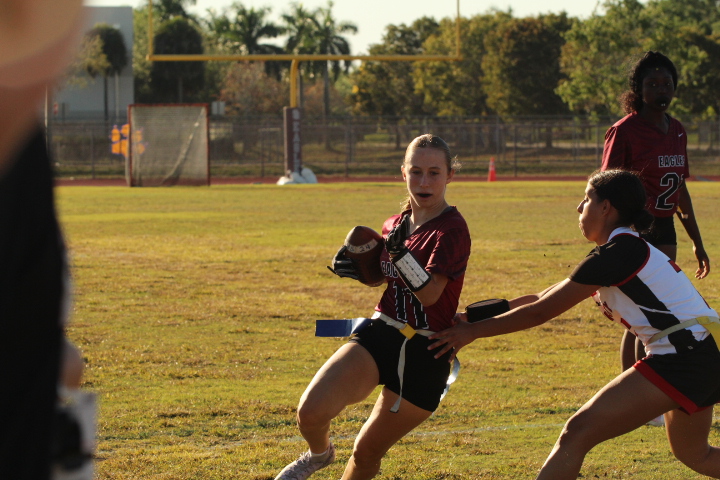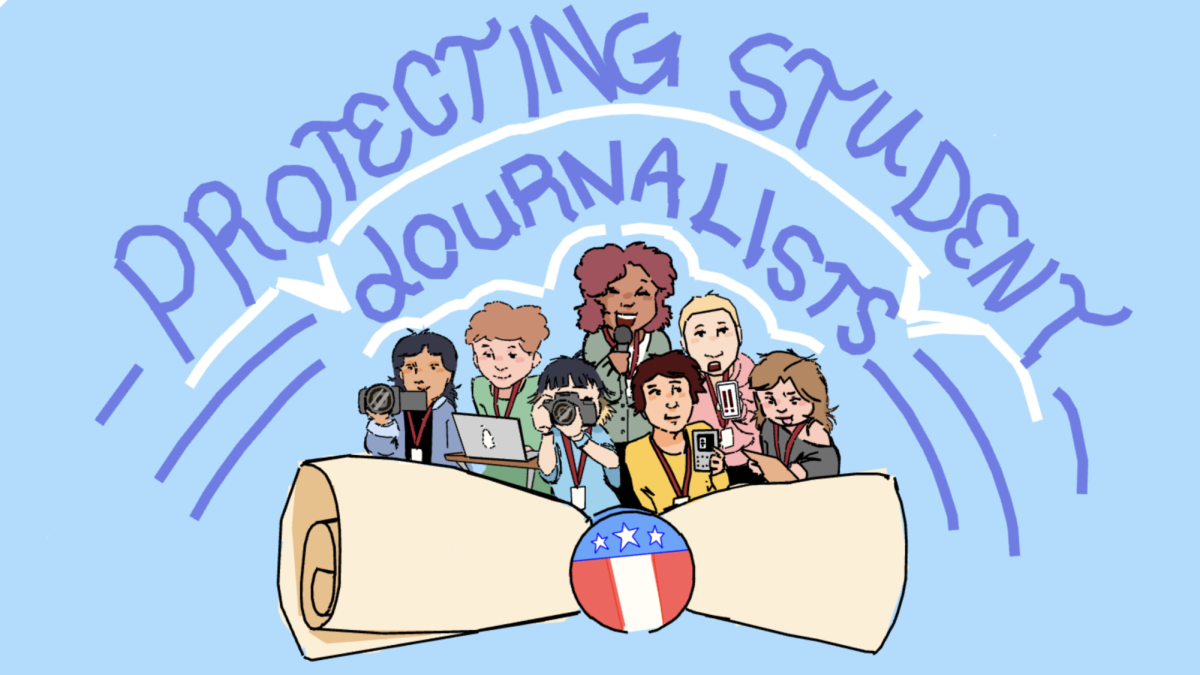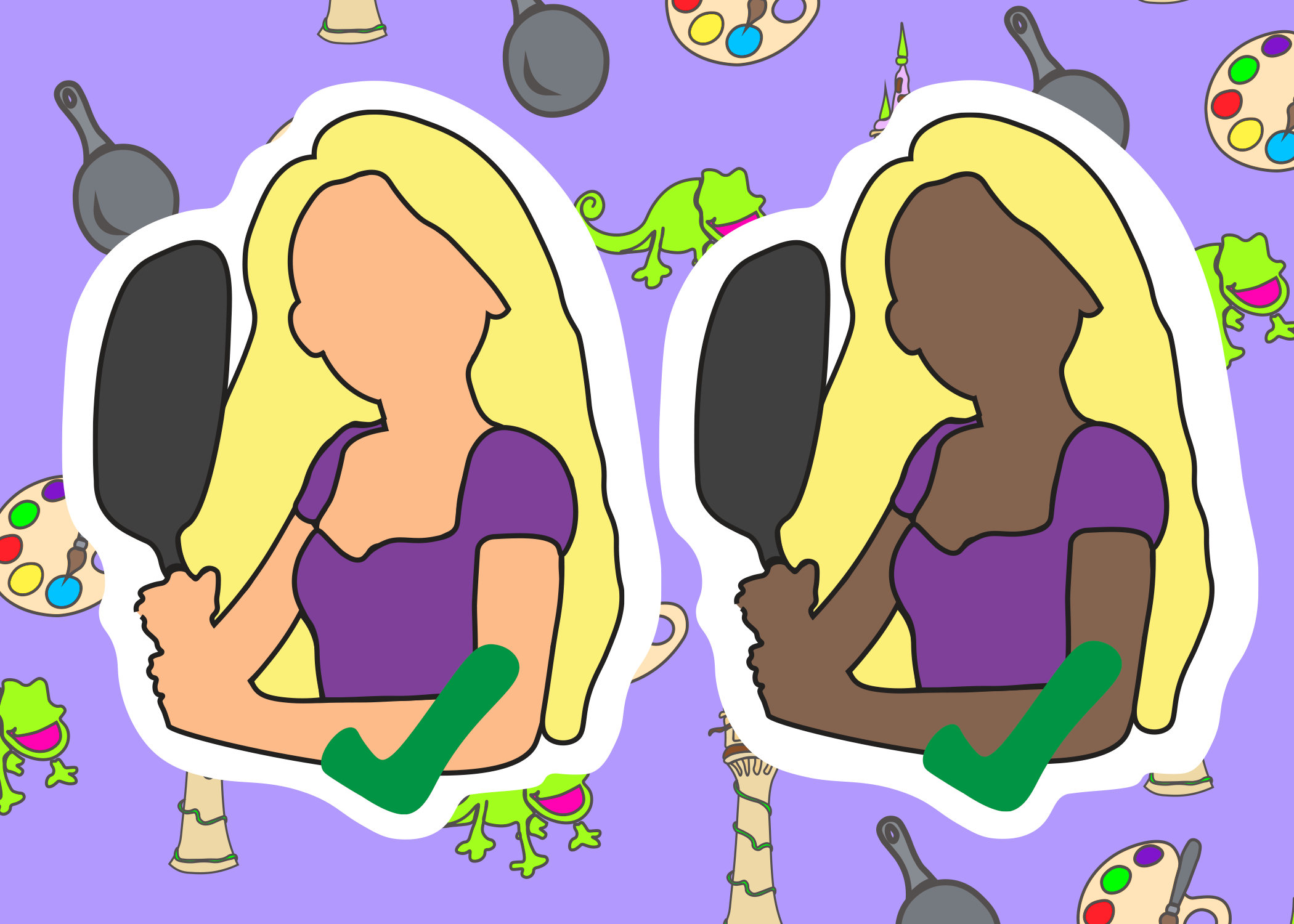[Opinion] Major clothing brands fail to supply disabled individuals with accessible clothing
Skims and other clothing brands have released adaptive clothing lines to provide accessible and comfortable clothing to those with disabilities, chronic illnesses and mobility impairments. These people and many others, require clothing made from specific fabrics, clothing with side openings, garments with Velcro enclosures and more to better suit their needs.
April 11, 2023
Different people have different needs. This is a sentiment ingrained into society, yet still overlooked within the fashion industry. One size does not fit all. One style is not preferred by all. One color does not suit all. Therefore, it is unreasonable to assume that traditional clothing can be worn comfortably, if it can be worn in the first place, by all. This is why adaptive clothing exists.
Adaptive clothing is simply put, clothing accessible to people living with a disability, designed to suit their needs. Nearly one in four adults in the United States have some form of disability, with disabled persons constituting the largest minority group in the nation. Yet, despite the large percentage of the population they comprise, it is rare that mainstream clothing brands produce garments that can comfortably be worn by them.
Adaptive clothing may include clothing with velcro closures, clothing with magnetic buttons, clothing made from sensory friendly fabrics and so many more adaptations suitable to the needs of specific disabilities.
Small brands are the ones currently pioneering the adaptive wear industry, but in order for adaptive apparel to become truly accessible, making its production and distribution mainstream is vital. This is a responsibility that ultimately falls on major brands, as they possess much greater visibility and access to the consumer market than smaller ones.
Small brands producing adaptive clothing include Unhidden, a company whose clothing is designed for people with dexterity issues, cerebral palsy and arm ports, as well as PICC and Hickman line users, TPN users, wheelchair users and an innumerable number of other disabilities.
Another example of a small brand geared toward producing adaptive clothing is Megami, which is a lingerie and bathing suit brand that creates garments made for post-mastectomy surgery, including bras with subtle pockets for prosthesis.
Mainstream brands manufacturing and selling adaptive apparel, on the other hand, are few and far between and the ones doing so effectively are even fewer.
When it comes to the major brands that are willing to try, some will choose to partner with independent or small brands, such as what Aerie is doing with Slick Chicks—an independent brand that sells adaptive undergarments—in order to increase visibility and accessibility. Then, there are brands such as Tommy Hillfiger, that have released disability friendly collections, that feature adaptive details such as velcro and magnetic closures and adjustable hems.
Still, some of the few major brands that have chosen to do these things have done so for performative reasons. Opposed to trying to actually become more inclusive and erase the stigma surrounding disabilities, while increasing the visibility of disabled persons, some major brands are only looking to come off as supportive of diversity, not to actually be supportive.
Nike is one of the brands most often called out for the performative production of adaptive clothing, having released the GO FlyEase shoe in April 2021, the first hands-free sneaker to ever exist. These shoes were inspired by a former Marjory Stoneman Douglas High School student named Matthew Walzer, who contacted Nike, asking for them to design a shoe that he was able to put on himself, an act that required the absence of laces.
Nike marketed this shoe as an accessible solution, yet when it initially released it was released in limited quantities, only available to select Nike members. Resellers quickly jumped on the opportunity to buy these shoes and resell them for marked up prices. So, despite the brand’s possibly noble intentions, their delivery was poor and the shoe designed with disabled persons in mind was the same shoe that upon release, was not made accessible to said people.
This is not the only fault people have taken with Nike’s attempt at inclusivity. Now, the shoes are available to be purchased by the masses, but the initial marketing of them left much to be desired. Nike’s press release never explicitly mentioned disabilities and neither did interviews or the shoe’s ‘Behind the Design’ video advertisement, instead using euphemisms that only reinforce harmful stereotypes.
In this particular instance, Nike substituted the word disabled for adaptive in the video, with designers using the phrase “adaptive athletes” opposed to simply stating “disabled athletes.” While this may not be problematic on its own, the absence of the word disabled from the rest of Nike’s initial campaign makes it so. This is because it can then be interpreted as being done for fear that the use of the word disabled would stigmatize their product, further enforcing the idea that the word disabled is too blunt or harsh and that being disabled is something to be ashamed of.
Additionally, opposed to framing people with disabilities as the shoe’s target market, they marketed them as a product “for everybody,” reducing accessibility to a marketing technique. This is especially the case as the ‘Behind the Design’ video featured only one disabled person, who came on screen just moments before the audience learns that the shoes are “for everybody.”
Regardless, performative or not, the brands listed above are the exception, not the rule, when it comes to adaptive fashion. This is a fact that many people find to be a part of a much larger issue, the misconceptions often conveyed in the media about disabled persons and the miseducation surrounding disabilities. Therefore, it is claimed that it is a responsibility of major brands, that possess global outreach, to increase the visibility of disabled persons.
This inclusion, this visibility, starts with adaptive clothing. If brands are not even able to send out the message that their clothing can be worn by disabled persons, how are they supposed to be sending out the message that disabled persons are equal to every other person. After all, equality would mean every bit as deserving of accessible, fashionable and comfortable clothing, something that is not currently a reality.












